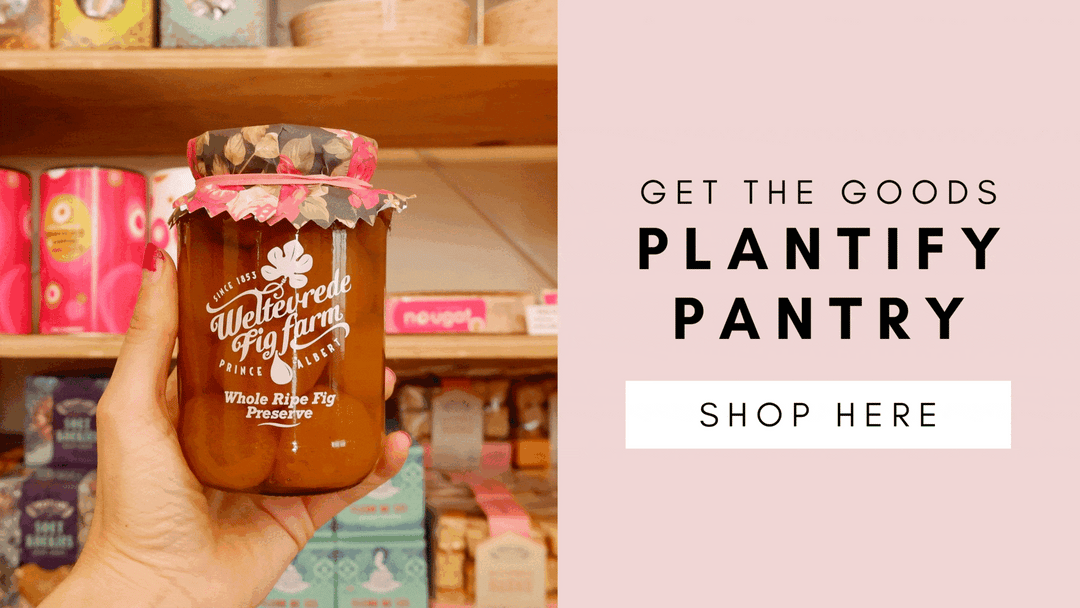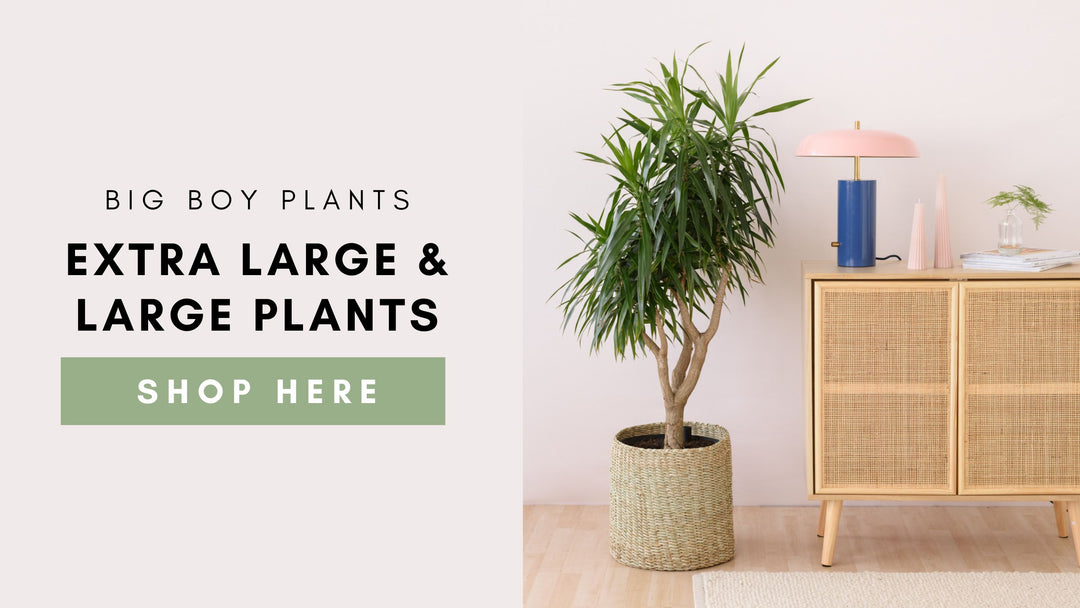Pineapple Plant Care Instructions
Pineapple Plant
Scientific name: Ananas Comosus
Synonyms: Ornamental Pineapple
The Pineapple plant is a funky houseplant and adds a little intrigue and Tropical nuance to any indoor space. These fantastic houseplants are Bromeliads and related to the popular air plant. Some species of Pineapple are edible whilst others are just for quirkiness. The best bit is, it will keep producing babies that in future will produce their own tiny Pineapples.
Endemic to South America, these are known as one of the only edible fruiting Bromeliads and have been domesticated for centuries. And due to their Tropical climate, they adore high humidity and dappled bright light. Other than that these are fabulously easy-care houseplants and a must for anyone looking for a quirky addition to their houseplant collection.
Toxicity: Pineapples are not considered toxic.

Common Symptoms
- Pineapple fell off or broke off: Unfortunately, your plant won’t produce a new Pineapple from the same spot. However, treat your plant as usual and in time it will produce younger plants that can be separated out. It will then take up to 3 years to produce their own Pineapples.
- Yellowing leaves: There are a few factors that can cause yellowing foliage on your Pineapple plant, often overwatering is cited as being the main culprit. However, if you find that leaves turn yellow infrequently, this is not a cause for concern as this is the natural lifecycle of most plants, though if yellowing happens on mass consider your watering regime. Pineapples prefer their soil barely moist and retain water in their foliage, as they are prone to periods of drought in their natural habitat. Avoid keeping the soil waterlogged and allow the soil to dry completely before watering. Be sure that the planter is draining sufficiently.
- Crispy leaf edges or curling leaves: Leaf curl and dry leaf edges can be a sign of insufficient watering or too much light. As much as Pineapple plants can withstand long periods of drought, it is best to avoid prolonged dryness. Water your Pineapple thoroughly once the soil has dried completely. If you find your watering regime is sufficient, check the lighting. Pineapples are lovers of direct sunlight, however, too much direct sunlight can be detrimental and it is best to provide your houseplant with some indirect light during the peak of the day.
- Bad smell or leaf drop from center: This is known as heart rot in Pineapples. This is due to the fact that they live very close to the ground and if the soil is kept too moist for too long, rot can set in. It is best to avoid allowing too much water to settle in the crown if there is a lack of airflow. Be sure to avoid waterlogged potting medium and to provide your houseplant with good airflow. Sadly, if heart rot has set in, it is irreversible and your plant may perish. Remove any pups the plant has produced.
- Leaves turning red: As much as Pineapples do not need regular feeding, if you find that your plant is turning red, unless it is the red variety, then it may mean your plant is lacking nutrients and will need some feeding with a well-balanced fertilizer high in nitrogen.
- Pests: Pineapples can be prone to Mealybug, Aphids and Thrips if not kept in their optimal conditions. If any infestations do appear, rinse your plant and spray with a good quality pesticide until pest infestation has been eradicated.
Care Instructions
- Origin: South America
- Height: Averaging 90cm in width but can be kept small if restricted.
- Light: Loves bright filtered light to some direct sun, avoid midday sunlight where possible.
- Water: Allow the soil to dry out two-thirds between watering, avoid prolonged dryness or excessive moisture.
- Humidity: Thrives in medium to high humidity..
- Temperature: Ideal temperatures range from 18°C - 26°C.
- Soil: A well-draining organic potting mix is sufficient.
- Fertilizer: Feeding is not necessary , however you can use a well balanced organic fertilizer once every month during Spring through Summer.
- Repotting: For small specimens, it is not recommended to re-pot more than once a year and for mature specimens, it is ideal to only re-pot once every 2-3 years or once the planter has become overcrowded by younger plants. When repotting be sure to choose a planter no larger than 3-5cm bigger than the previous. Transfer plant from one planter to another without touching the roots, unless rootbound, then one can tease a few lose. Backfill with fresh soil and replace in original positioning.
- Propagation: This is done via division. When repotting you can gently tease apart a few of the younger plants from your parent plant and repot them into a fresh potting medium, choose pups that have a well-established root system, place them in a bright warm position and be sure to keep the soil moist to the touch until new growth forms. Once established, treat as usual.
If in stock, shop for a Pineapple Plant here



